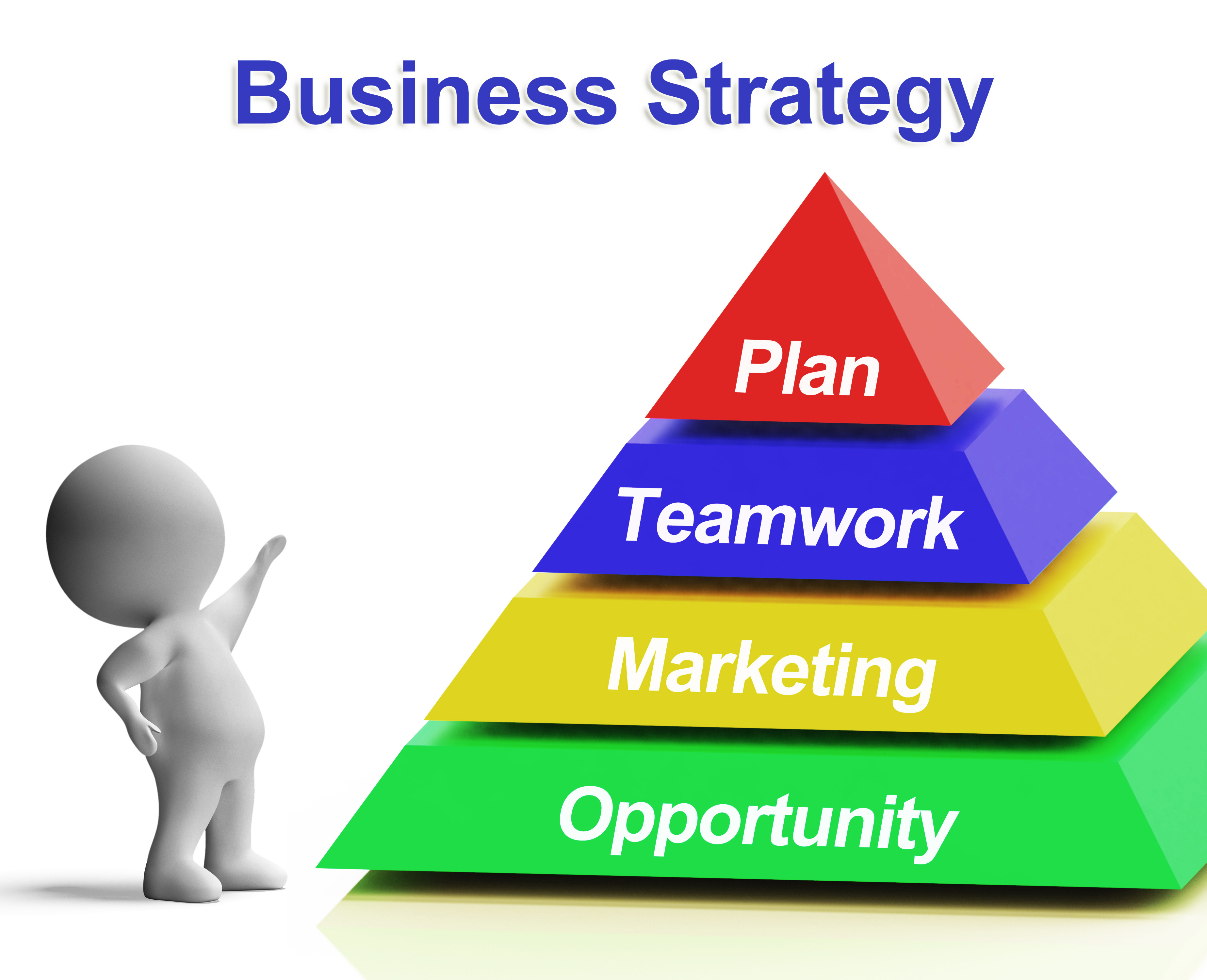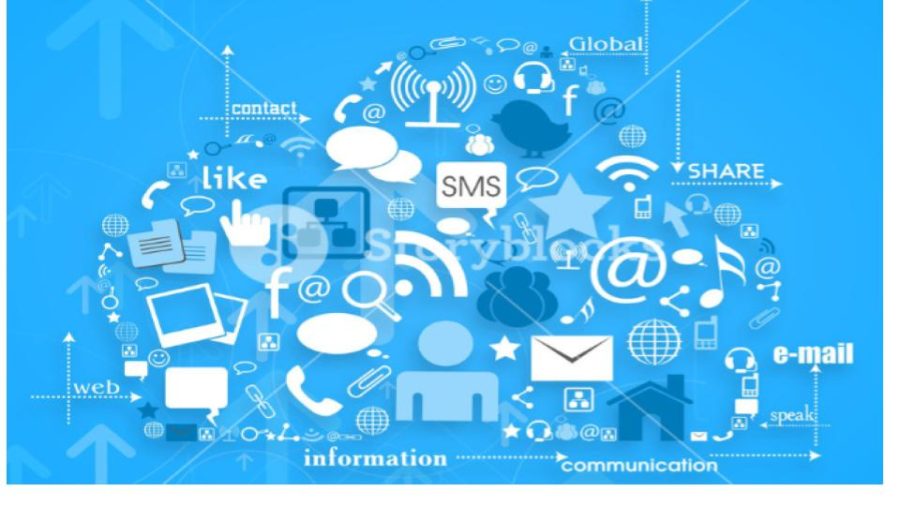What is integrated marketing communications? IMC is a perfect solution for achieving your marketing objectives. Let’s learn more about the IMC process and its tools.
Integrated Marketing Communications
Integrated marketing communications is a combination of both traditional and modern promotion strategies to create one consistent message across multiple channels to ensure the maximum persuasive impact on the firm’s current and potential customers. IMC helps to inform, persuade, and remind customers about the firm’s products or services. The key element of IMC is consistency and uniformity of message across all elements of promotion. IMC reduces costs and increases efficiency because it can reduce or eliminate redundancies and waste in the overall promotional program. Many firms have embraced IMC because mass-media advertising has become more expensive and less predictable than in the past.
6 Steps of Integrated Marketing Communications Process
There are six key steps you need to keep in mind while creating your IMC strategy. Here are the IMC process steps:
Step 1: Know Your Audience
The IMC process starts with defining your target audience. Do your market research and figure out who your audience is based on what you’re offering. Collect the behavioral and demographic data of your target market to gain insights into your audience. Based on your target audience data, figure out what benefits you can provide to them and why they should choose your product or service.
Step 2: Develop an Analysis (Situational or Contextual)
The next step is conducting a situational or contextual analysis to get details about internal and external factors that can affect your brand. It is also known as SWOT (strengths, weaknesses, opportunities, and threats) analysis. This analysis will help you to know what your brand’s strengths and weaknesses are and accordingly, you can design a perfect marketing strategy.
Step 3: Figure out Your Marketing Communications Objectives
Before starting a promotion campaign, ask yourself what is the goal behind your marketing communication. Once you have a clear marketing communication aim, then you can effectively target your potential customers. Here are some common marketing communications objectives:
- Growing your brand awareness
- Improving your brand image
- Improving sales of your products or services.
- Reinforcing your customer’s purchase decision.
- Changing customer beliefs.
Step 4: Set Your Budget
The fourth step of the IMC process is to allocate a realistic budget. The budget can vary from company to company and it depends on various factors, such as sales percentage, profit percentage, size of the company, and affordability.
Step 5: Define Your Marketing Strategies or Tactics
The next step is developing your marketing strategy plan to achieve your defined marketing objectives. Keep your marketing budget in mind while defining your strategy or tactics. Also, decide which marketing tools you will use for promotion across different channels. In the next section, we will discuss the 8 most beneficial IMC marketing tools.

Step 6: Evaluate Performance
The last step of the IMC process is analyzing and evaluating the performance of your marketing strategies. You can use Google Analytics, sales, and social media tools to evaluate the effectiveness of your marketing efforts. Based on your marketing goals, you can measure different performance metrics, and here are some examples:
- Traffic numbers
- Number of sales
- Change in revenue
- Social media marketing metrics such as engagement rate and increase in follower count.

Most Beneficial Integrated Marketing Communications Tools
To run your IMC campaign you can use several marketing tools and here is the eight major marketing tools of IMC:
- Advertising
- Sales Promotion
- Direct Marketing
- Mobile Marketing
- Social Media Marketing
- Personal Selling
- Public Relations Activities
- Sponsorship
Mass-communication elements such as advertising and public relations are used more heavily to stimulate awareness and interest because of their efficiency in reaching large numbers of potential customers. Along with advertising, sales promotion activities, such as product samples or demonstrations, are vital to stimulating interest in the product. Other sales promotional activities, such as product displays, coupons, and trial-size packaging, are well suited to bring your customers towards the act of making a purchase. When firms use a pull strategy, they focus their promotional efforts on stimulating demand among final customers, who then exert pressure on the supply chain to carry the product. In a push strategy, promotional efforts focus on supply chain members, such as wholesalers and retailers, to motivate them to spend extra time and effort on selling the product. This strategy relies heavily on personal selling and trade sales promotion to push products through the supply chain toward final customers. The role and importance of specific promotional elements also vary depending on the products. Industrial products rely more heavily on personal selling, whereas consumer products require greater use of advertising, sales promotion, and public relations. Early in a product’s life cycle, even before its introduction, the heavy expenditures on promotional activities are often a significant drain on the firm’s resources. By the time a product has moved into the maturity phase of its life cycle, the firm can reduce promotional expenditures somewhat, enjoying lower costs and higher profits.
Strategic Issues in Integrated Marketing Communications
The holistic perspective coordinates not only all promotional elements but also the IMC program with the rest of the marketing programs (product, price, and supply chain strategy). For example, if the advertising campaign stresses quality, the sales force talks about the low price, the supply chain pushes intensive distribution, and the website stresses product innovation, then what is the customer to believe? Ultimately, the goals and objectives of any promotional campaign culminate in the purchase of goods and services by the target market. The classic model for outlining promotional goals and achieving this ultimate outcome is the AIDA model – attention, interest, desire, and action.
- Attention-the first major goal of any promotional campaign is to attract the attention of potential customers.
- Interest– the firm must spark interest in the product by demonstrating its features, uses, and benefits.
- Desire – good promotion will stimulate desire by convincing potential customers of the product’s superiority and its ability to satisfy specific needs.
- Action– promotion must then push them toward the actual purchases.
Final Thoughts
Have you enjoyed reading the integrated marketing communications guide? Let us know in the comments. At GSMM, we’re mainly focusing on advertising to market our client’s products and services. Want to know more about our advertising services, feel free to book a free consultation call with our CEO.

